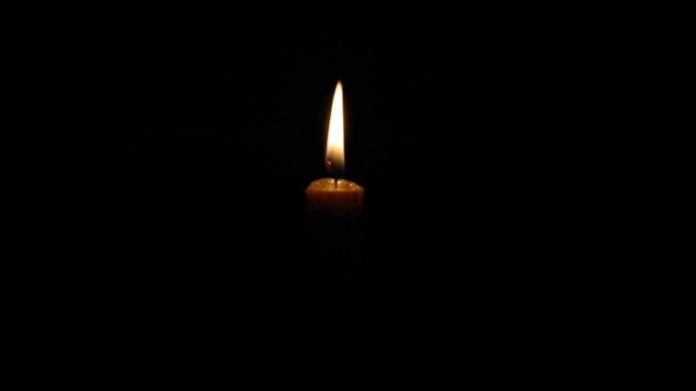
POWER rationing in South Africa, known as loadshedding, could increase to 8,000MW a day in terms of possible Stage 8 measures, according to a report by BusinessLive.
Citing public enterprises minister, Pravin Gordhan, BusinessLive said that additional outages of coal-fired power stations raised the risk of a complete blackout requiring the government to implement an unprecedented level of load-shedding.
Currently, about half of state-owned power utility Eskom’s 38,000MW of installed capacity is out of action owing mostly to breakdowns as well as scheduled maintenance. Stage 8 loadshedding is equal to 13 hours of power rationing daily.
According to BusinessLive, opposition party the DA called for a declaration of a state of disaster. It argued this will allow provinces and municipalities that have the resources and capacity to generate electricity from private players to do so more expeditiously.
In response, Gordhan said the main goal of load-shedding is to avoid a total collapse of the system.
“There should therefore be a distinction made between a state of disaster just for dramatic effect as compared to a power system emergency which falls within the purview of the systems operator,” he said.
“At all times the imperative [of the system emergency] is to avoid the total collapse of the grid … there are internal plans to manage the power system which will allow the systems operator to implement up to stage 8 load-shedding in order to protect the grid from total collapse … at this stage there is absolutely no requirement for Eskom or government to declare such an emergency [state of disaster],” Gordhan said.
Citing Eskom calculations, BusinessLive said that each day of stage 4 load-shedding costs the economy about R1bn, while one day of stage 2 load-shedding results in economic losses of about R470m.











